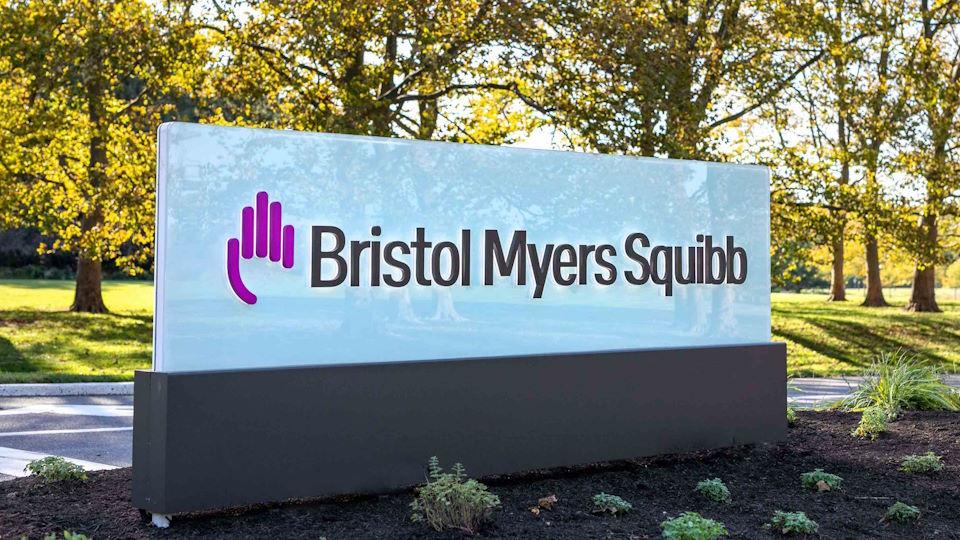Medical meetings: Blockbuster or Netflix?

Paul Tunnah asks whether medical meetings will remain relevant in a digital world, and how they might adapt.
The final quarter is always a busy one for the pharmaceutical industry, with the rush to deliver projects before the end of the year made even more difficult by the proliferation of major medical meetings taking place at this time.
I’ll be attending one myself in a couple of weeks – the American Society of Hematology (ASH) Annual Meeting in Orlando – which unofficially marks the end of a conference season spanning dozens of events and numerous therapy areas, all run by major regional medical associations.
These meetings are critical gatherings for both healthcare professionals keen to keep up to date with the latest clinical advances and, of course, for the pharmaceutical companies keen to ensure their latest, greatest data gets in front of them. Critical medical education – yes. Major commercial opportunity – also yes.
But can medical meetings like this survive in the face of numerous challenges?
It’s a question I’ll be exploring in a keynote and panel at the upcoming M&I Healthcare Europe 2020 conference in Helsinki early next year, and one that I find fascinating.
The challenges are manifold. An ever tightening regulatory and compliance environment restricts the financial support pharmaceutical companies can provide to potential attendees, while the thought of many thousands of doctors flying to one location to catch up would probably make climate activist Greta Thunberg scowl more than meeting Donald Trump.
In addition, the impact of digitalisation, which is transforming all sectors, cannot be ignored. One expert industry commentator, Len Starnes, has been espousing the need for change and the benefits of ‘virtual medical meetings’ for some time now.
However, to paraphrase the American author Mark Twain, rumours of the death of medical meetings are greatly exaggerated, at least so far. The American Society of Clinical Oncology (ASCO) Annual Meeting, for example, seemed in rude health this year with 42,500 attendees, including over 34,000 medics. No small numbers.
So could medical meetings go the same way as Blockbuster video, usurped by online movie subscription providers like Netflix?
For me, it’s actually the wrong question and represents the curse of ‘digital’, where we like to simplify everything to black and white, digital versus non-digital, such as:
- Is the sales rep dead in the age of digital marketing?
- Do we still need doctors when we have AI-powered digital diagnostics?
- Will the big tech companies replace pharma?
In all these scenarios, it’s not a case of one competing with the other. In reality, the future is about digital enhancing the ‘old’ ways rather than replacing them. Digitally savvy reps will replace traditional reps, doctors using AI-powered diagnostics will perform better than those who don’t, and pharma companies that partner with tech companies will do better than either going it alone.
In the world of medical meetings, you can see this change already occurring, with the major medical association websites displaying video, webinars and other multimedia from their meetings, encouraging professional social media reporting and transforming into ongoing digital publications/learning centres rather than static assets that drive congress attendance.
So when considering the future of medical meetings, I like to think about the value they bring to attendees in terms of three broad categories:
- Education: sharing the latest disease area and clinical information, keeping physicians on top of the latest advances
- Assimilation: understanding what the new information really means and how it should change physicians’ clinical practice
- Networking: catching up with colleagues, friends and business partners, old and new.
This also acts like a ranking for the potential of digital to disrupt, from top to bottom.
For example, education – the sharing of information – does not at all require physicians to sit and physically watch a presentation at a congress venue, visit pharmaceutical company booths, attend symposia or walk round viewing medical posters. All of this can be translated to online media – articles, video, webinars, infographics etc.
Assimilation is much more complex. This is about interpreting what the information means and, for most people, is significantly shaped by the views of others. Questions asked during live presentations and at sponsor booths, or discussion with colleagues over coffee plays a key role in this. Social media and online discussion can replicate some of this, but not, in my view, completely replace it.
Networking is one area I am sceptical about the potential of digital to replace. Even with the smartest holographic projection of a good friend, it’s not the same as speaking to them face to face, shaking their hand or sharing a beer. In justifying the costs associated with medical meetings we can try to justify this purely on educational grounds, but if we’re honest much of it is about networking.
So where will the future take us?
While I don’t believe that the future is purely digital, I do believe in the phrase that ‘everything that can be digitised will be’. This means that the educational components of meetings will become more and more virtual, and massive physical spend (think big conference booths) is going to be harder to justify against this metric alone.
Meetings – and their sponsors – will have to align on new ways to digitally partner on education while also evolving the physical conference to better cater for assimilation and networking. More Q&A, more time to connect and less traditional presentations.
These are changes already being explored by leading medical associations, pharmaceutical industry sponsors, events service providers and indeed the meeting venues. It will be exciting to watch its continued evolution.
Now to conclude, let’s just go back to the question of whether medical meetings are Blockbuster or Netflix.
Netflix started by posting customers DVDs, later developed the online streaming model and has, more recently, got into the business of making movies, which requires bringing lots of people together on a film location, in order to produce new material that can be digitally disseminated and further drive subscriptions.
Maybe Netflix isn’t such a bad analogy for the future of medical meetings after all.
About the author
 Dr Paul Tunnah founded pharmaphorum in 2009, which combines industry leading publications (www.pharmaphorum.com) with a specialist strategy and content marketing / communications consultancy (www.pharmaphorumconnect.com). He is a recognised author, speaker and industry advisor on content marketing, communications and digital innovation, having worked with many of the world’s leading pharmaceutical companies and the broader ecosystem of healthcare organisations.
Dr Paul Tunnah founded pharmaphorum in 2009, which combines industry leading publications (www.pharmaphorum.com) with a specialist strategy and content marketing / communications consultancy (www.pharmaphorumconnect.com). He is a recognised author, speaker and industry advisor on content marketing, communications and digital innovation, having worked with many of the world’s leading pharmaceutical companies and the broader ecosystem of healthcare organisations.
Connect with Dr Tunnah at https://www.linkedin.com/in/paultunnah/













